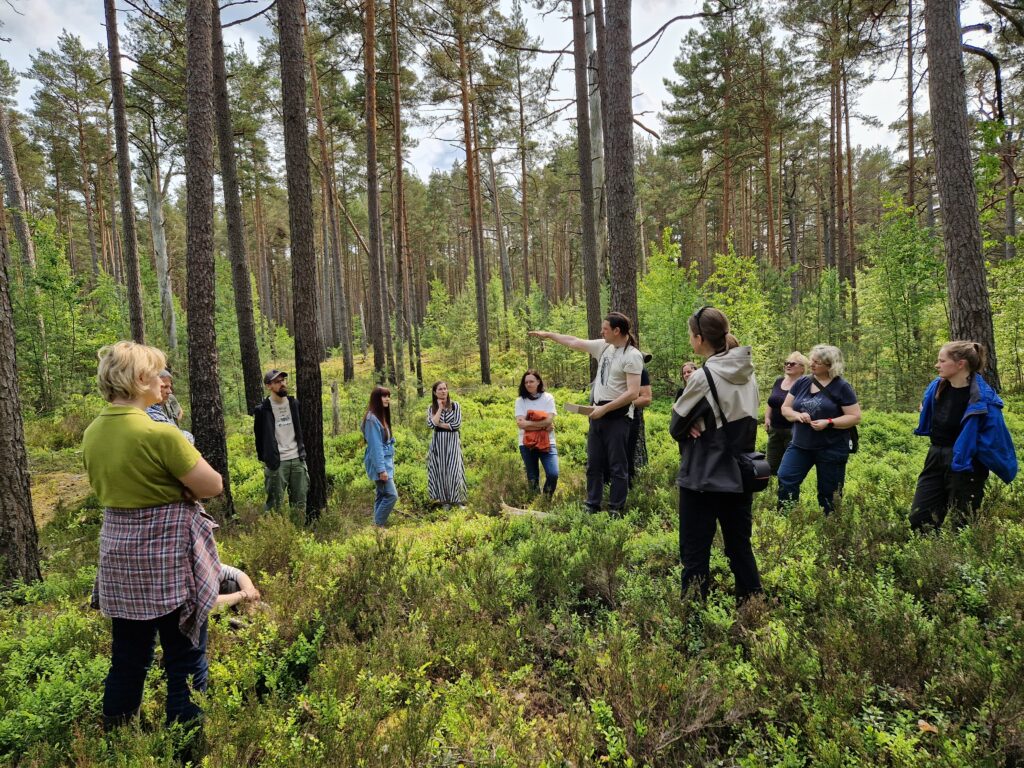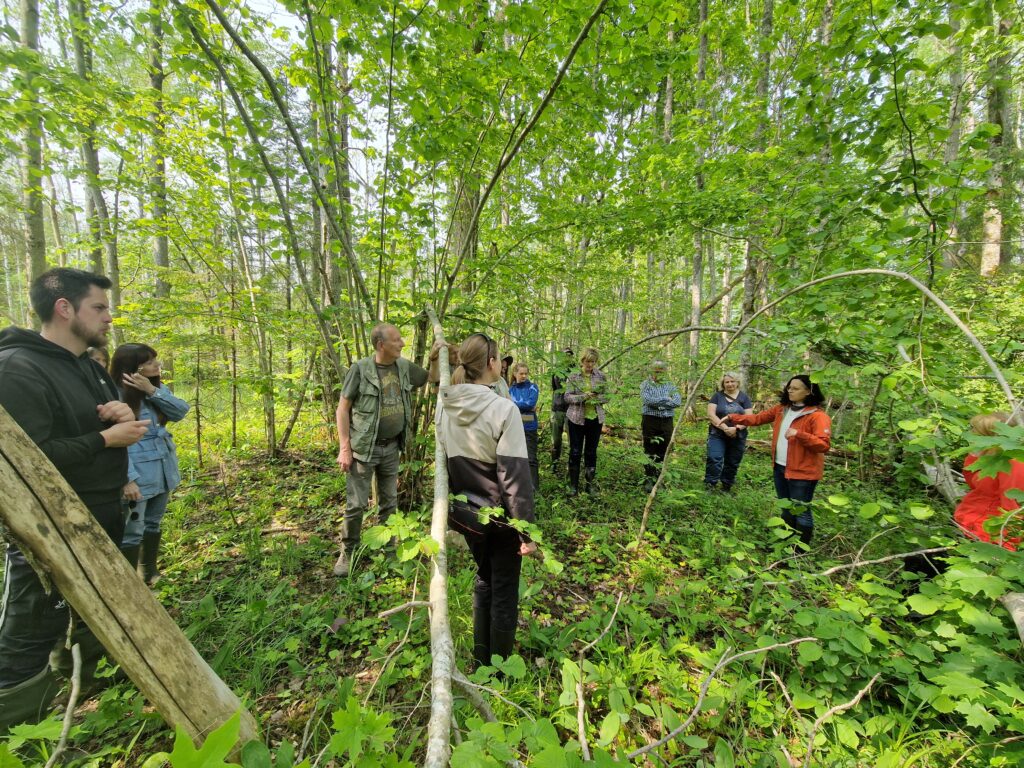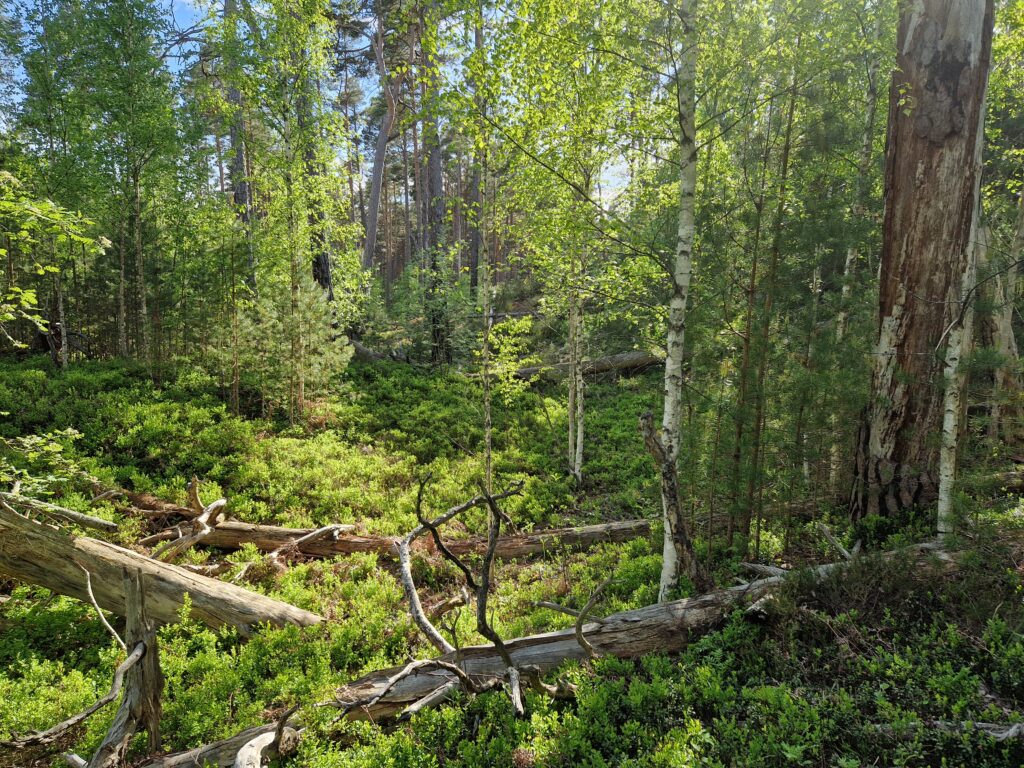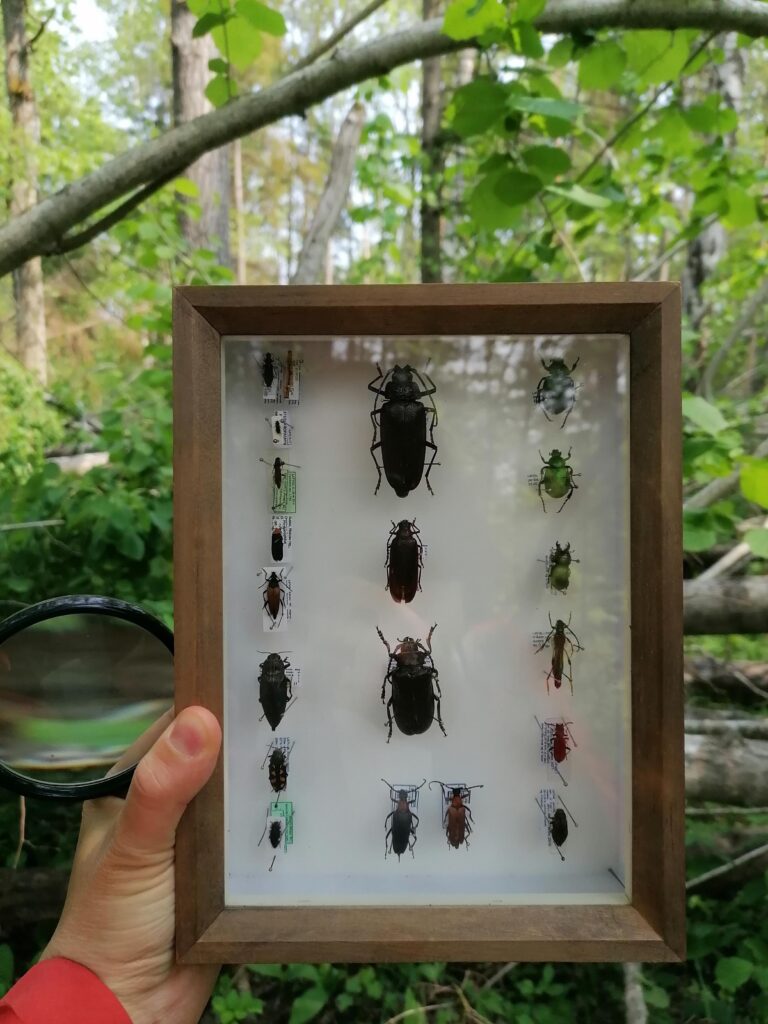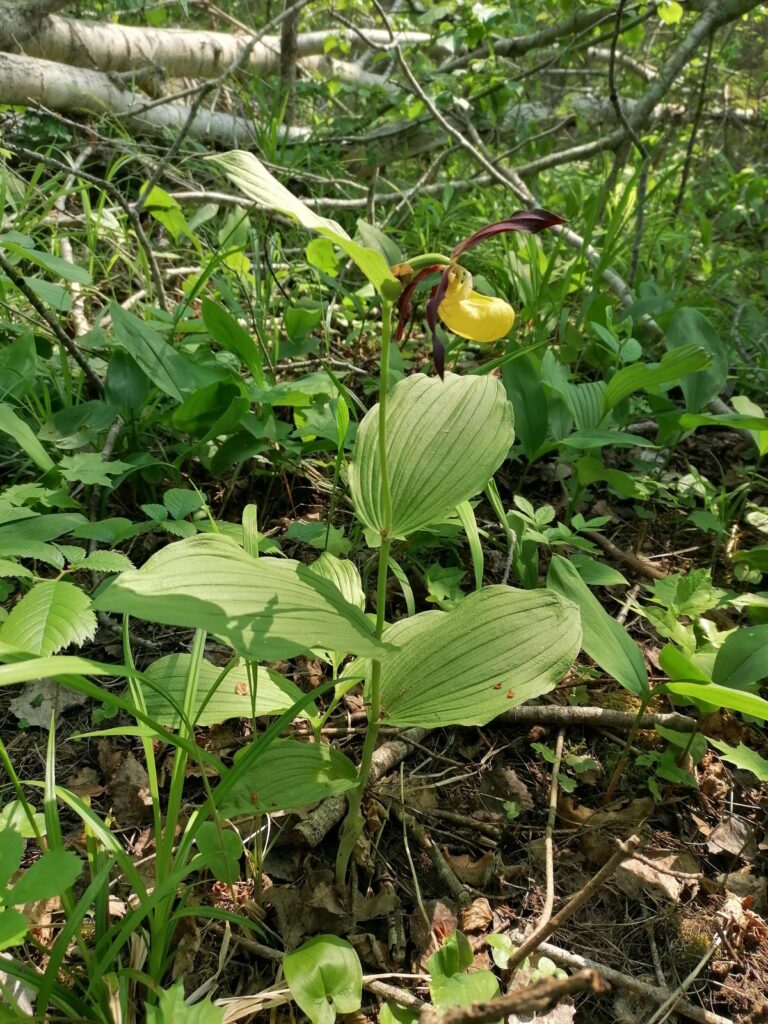Protected species list update - stakeholder engagement meeting
Work continues on developing proposals for updating Latvia’s list of protected species. On June 4, a stakeholder meeting took place in Ķemeri National Park, bringing together representatives from state institutions, the commercial sector, research bodies, and NGOs. The aim was to share progress so far, present conclusions from the ongoing legal review, and gather input on next steps for the project’s implementation.
The second part of the meeting took place outdoors, in the habitats of threatened species, where participants discussed the challenges and possible solutions for species conservation directly in the field.
Key topics addressed during the meeting included:
- Latvia’s list of protected species has not been reviewed in over 20 years. Even previous revisions were based solely on the Red Data Book. The LIFE FOR SPECIES project proposes an updated list based not only on species threat levels, but also on additional criteria – such as the species’ association with threatened habitats, the importance of Latvian populations at the European scale, and international conservation obligations.
- Many threatened species depend on habitat protection, including the establishment of micro-reserves. However, depending on species-specific ecological needs, sustainable, biodiversity-friendly land management may still be possible – or even necessary – within these habitats.
- A socio-economic analysis (available here: https://sarkanagramata.lu.lv/par-projektu/materiali/) showed that the societal benefits of implementing species protection measures far outweigh the costs. The public highly values the intangible benefits of protected species and is willing to support their conservation. At the same time, a fair compensation system is needed where restrictions on land use are introduced due to species protection.
- Populations of threatened invertebrates and plant species living in dry forests are declining due to the absence of natural disturbances – namely, ground layer forest fires. During a visit to a site of a 15-year-old forest fire, participants discussed which species benefit from fire, how the forest regenerates, what microhabitats are created after fire, why current methods fail to fully mimic this natural process, and how controlled burns are conducted in other countries. The importance of retaining some deadwood and weakened trees in commercially managed burned forests was also emphasized to avoid creating ecological traps for pyrophilous species.
- Effective planning and implementation of conservation actions is not possible without high-quality data on species distribution. The need to share data and promote its use in decision-making was repeatedly highlighted during the discussions.
